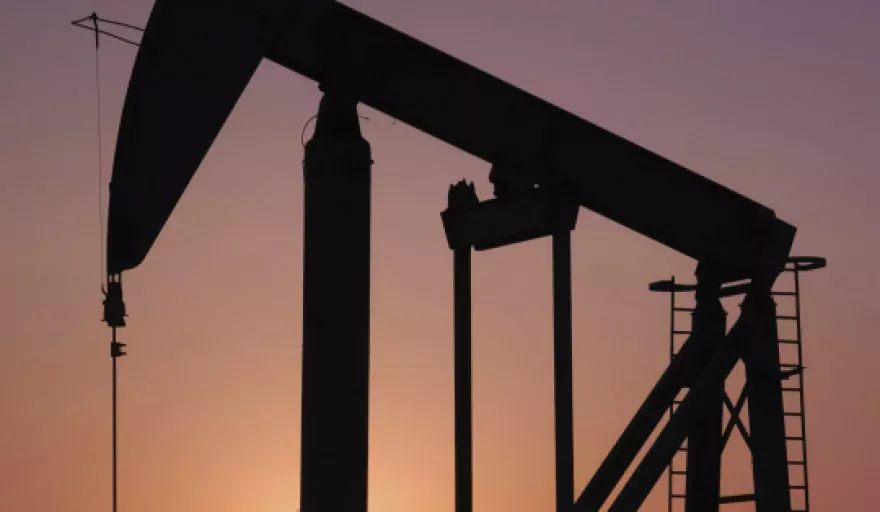The Middle East remains the leading light in what is fast becoming a concerning fluctuation in oil prices across traditionally leading economies.
US crude was trading at $42.07 per barrel, 43 cents blow their last settlement and close to more than six-year lows.
Earlier on Monday 17 August, Asia trading also reported falling prices as Japan’s economy contracted on the back of falling exports and consumer spending, adding to fears that Asia’s biggest economies are starting to slow at the same time.
Japan’s economy, the second biggest in Asia and number three in the world, shrank at an annualised pace of 1.6 percent in April-June as exports slumped and consumers cut back on spending.
The slowdown in Asia’s biggest economy, China, and its impact on the region have also heightened the chance that any rebound in growth in July-September will be modest, analysts say.
The weak economic data comes at a time when production around the world remains at or near record highs, epitomised by the still thriving Middle Eastern market, as ANZ revealed in an announcement.
“OPEC is expected to boost crude oil production to 33 million barrels a day, the most ever, after international sanctions are removed against Iran,” the Bank said. “Oman, the biggest non-OPEC oil producer in the Middle East, has also increased its production, pumping one million barrels a day in July; a 0.5 percent increase from June’s daily output level.”


















